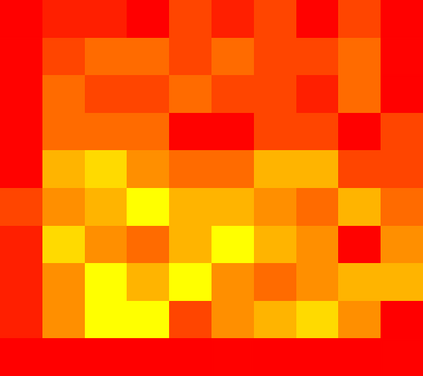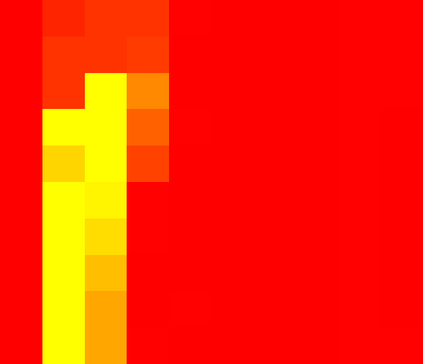We study the problem of clustering nodes in a dynamic graph, where the connections between nodes and nodes' cluster memberships may change over time, e.g., due to community migration. We first propose a dynamic stochastic block model that captures these changes, and a simple decay-based clustering algorithm that clusters nodes based on weighted connections between them, where the weight decreases at a fixed rate over time. This decay rate can then be interpreted as signifying the importance of including historical connection information in the clustering. However, the optimal decay rate may differ for clusters with different rates of turnover. We characterize the optimal decay rate for each cluster and propose a clustering method that achieves almost exact recovery of the true clusters. We then demonstrate the efficacy of our clustering algorithm with optimized decay rates on simulated graph data. Recurrent neural networks (RNNs), a popular algorithm for sequence learning, use a similar decay-based method, and we use this insight to propose two new RNN-GCN (graph convolutional network) architectures for semi-supervised graph clustering. We finally demonstrate that the proposed architectures perform well on real data compared to state-of-the-art graph clustering algorithms.
翻译:我们在动态图中研究将节点分组的问题,因为节点和节点集群成员之间的联系可能随时间而变化,例如由于社区迁移而发生变化。我们首先提出一个动态的随机区块模型,以捕捉这些变化,以及一个简单的基于衰变的组群算法,即基于它们之间加权联系的组群点,其重量在一段时间内以固定速度下降。然后,这种衰减率可以被解释为表示在集群中包括历史连接信息的重要性。然而,最佳衰减率对于周期不同的组群来说可能有所不同。我们确定每个组群的最佳衰减率,并提出一个能够几乎精确恢复真实组群的组群方法。我们随后展示了我们的组群算法与模拟图形数据的最佳衰减率的效能。常规神经网络(RNNN),一种用于序列学习的流行算法,使用类似的衰减法,我们用这种洞察来提出两个新的半超超版图表群集的 RNNN-GCN(图形网络)结构。我们最后证明拟议的结构在实际数据上与状态的图表组群集中表现良好。









